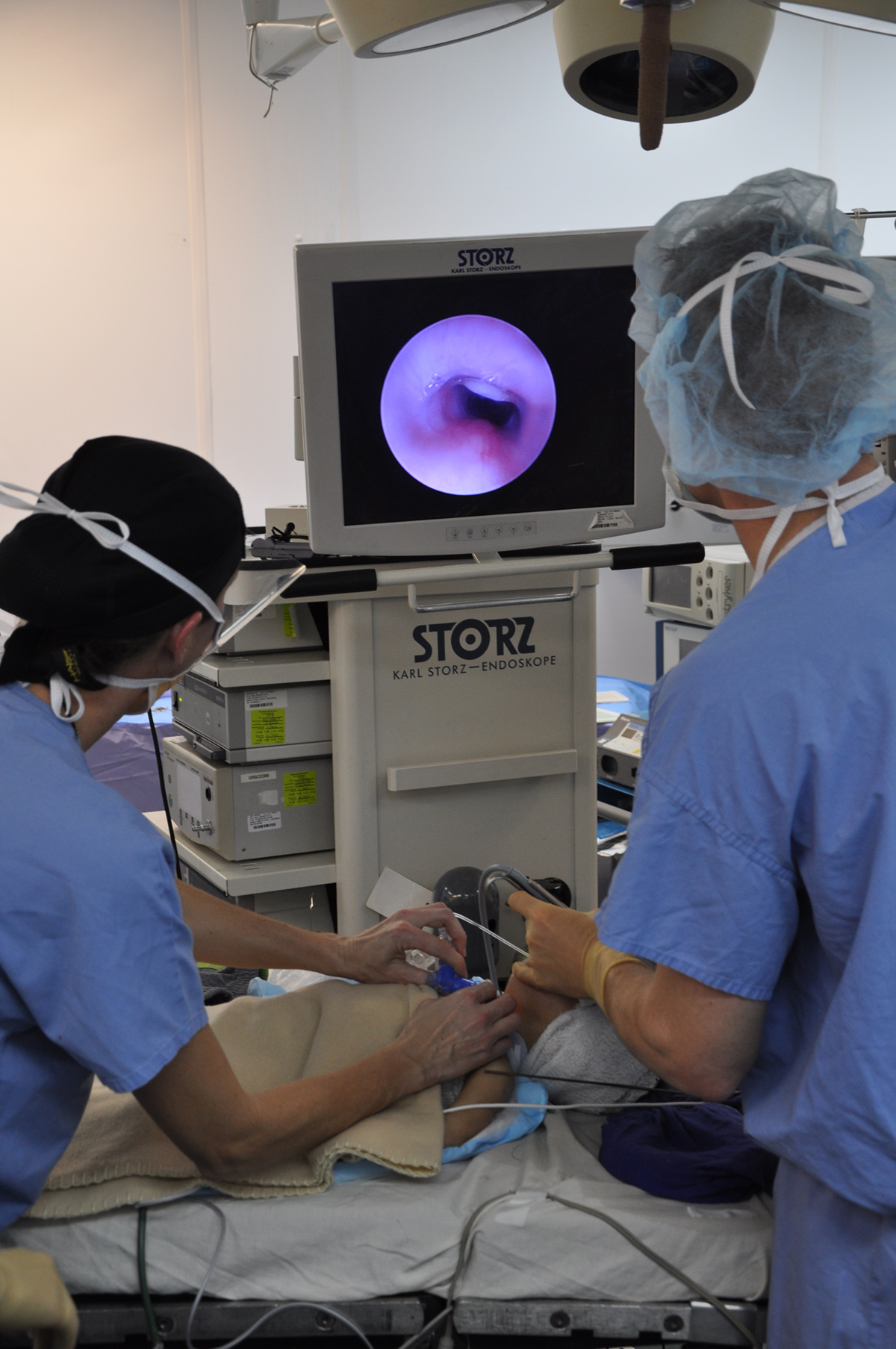
What is Bronchoscopy?
A bronchoscopy is a viewing procedure that helps doctors diagnose certain medical conditions that affect the lungs and bronchi. In this procedure, a doctor observes your airway through a thin viewing instrument called a bronchoscope. A bronchoscope is a cylindrical device. There are two types of bronchoscope: a rigid bronchoscope, which is rarely used, and a fibreoptic bronchoscope.
A fiberoptic bronchoscope is more flexibile and used more often since it doesn’t require general anesthesia and allows a doctor to take a biopsy easily and quickly. A fiberoptic bronchoscope has four passages: two for passing through light, one for passing through medical instruments or medications and one that allows a doctor to look inside the patient's airways.
What is the Purpose of a Bronchoscopy?
During this procedure a doctor examines your throat, larynx, trachea, and lower airways. A bronchoscopy is typically used to:
- Identify the cause of airway problems such as a chronic cough, bleeding and trouble breathing
- Diagnose and determine the extent of lung cancer
- Study an inherited lung deformity
- Take tissue samples when other tests (X-ray or CT scan) indicate problems with the lung or lymph nodes
- Diagnose cancer, tuberculosis or any other lung disease by taking tissue or mucus samples that will then be examined in a lab
- Remove objects from the lungs that are blocking airways
- Evaluate and treat growths in the airway
- Treat cancer of the airway using radioactive materials (brachytherapy)
- Control bleeding
- Evaluate effectiveness of treatment for lung cancer
This procedure shouldn’t be done on people who suffer from an unstable heart condition and those who are suffering from severe respiratory failure.
Complications of Bronchoschopy
Serious complications from a bronchoscopy are not very common and these routine procedures are mostly performed without any problem. If you have had a bronchoscopy, you might feel a little tired and sleepy for several hours after the procedure due to the sedative you will have been given. Several days after the bronchoscopy, your nose and throat may be a bit sore. You may also develop a mild fever. In case you had a biopsy taken, you may cough up a little blood for a few days.
To relieve these mentioned symptoms, you may take ibuprofen or acetaminophen. During the first week after a bronchoscopy, you are advised to avoid any physical strain and return to your regular activities when you become ready.
Complications of the procedure include an allergic reaction to the sedative medication, a collapsed lung (pneumothorax), spasms of the airways or larynx, fever, irregular heart rhythm and unremitting bleeding from the location of taken biopsy.
People who are affected by heart disease, pneumonia, uncontrolled asthma, severe chronic obstructive pulmonary disease or advanced neoplasia are more susceptible to complications of a bronchoscopy, but doctors will take this into account while planning the procedure.
After the procedure, you should seek urgent medical attention if you cough up large amounts of blood, experience pain or trouble breathing or develop high fever (above 101 degrees F).


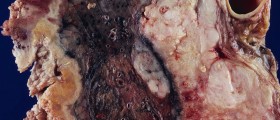




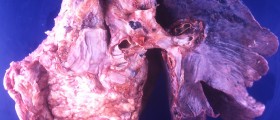
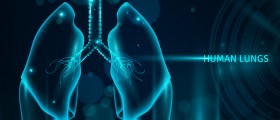
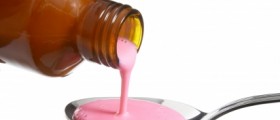




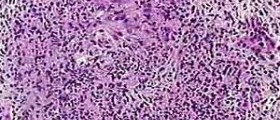
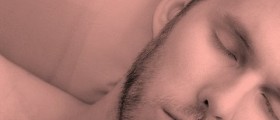

Your thoughts on this
Loading...